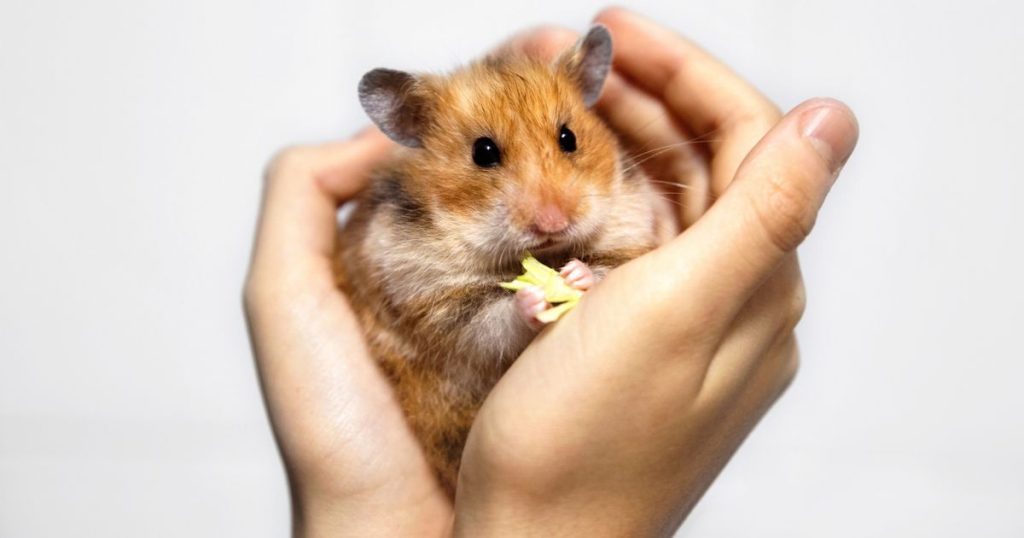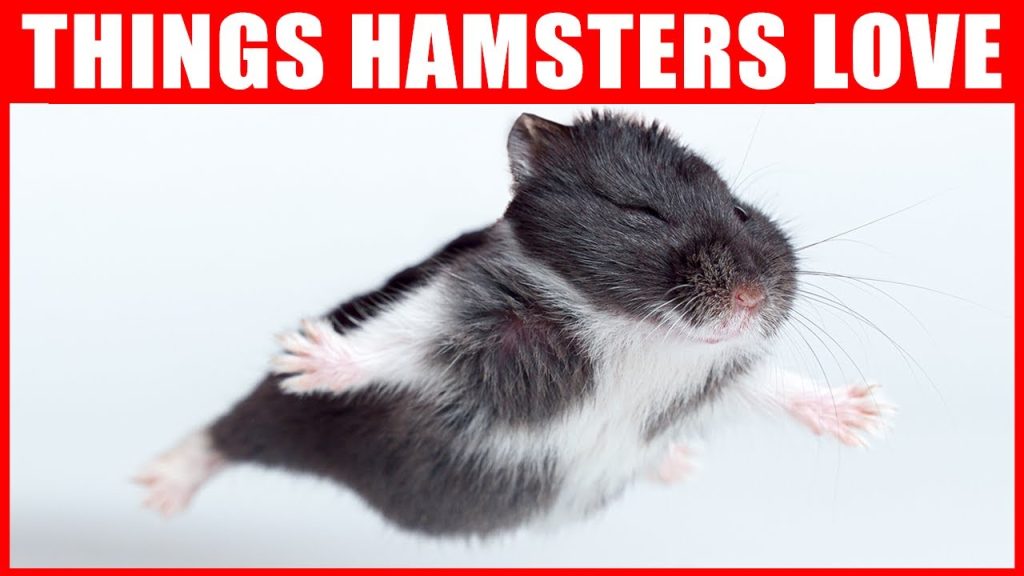Rodents are a family of mammals that are known for their highly-developed social behavior and communication skills. There are over 2,200 species of rodents worldwide, including mice, rats, squirrels, guinea pigs, hamsters, and beavers. These animals have adapted to various environments, ranging from forests to deserts, and have developed unique communication and language systems that allow them to navigate their surroundings and interact with each other.

- Types of communication
Rodents use a variety of communication methods to convey information to each other. These include vocalizations, body language, scent marking, and tactile communication. Each type of communication serves a different purpose and helps rodents to communicate different types of information.
- Vocalizations
Vocalizations are one of the most important forms of communication for rodents. They use a variety of sounds, including chirps, squeaks, growls, and barks, to communicate with each other. Some species, such as ground squirrels, have complex vocalizations that can convey specific details about predators or food sources.
One of the most well-known forms of rodent vocalization is the distress call. This is a high-pitched noise that rodents make when they are scared or in danger. The distress call alerts other members of the group to the danger and prompts them to take action to protect themselves and the group.
- Body language
Rodents also use body language to communicate with each other. This includes various postures, gestures, and facial expressions. For example, when rodents are feeling threatened, they may stand on their hind legs and puff up their fur to appear larger and more intimidating.
Similarly, when rodents are feeling relaxed and content, they may stretch out and relax their bodies. These types of postures and gestures convey important information about the animal’s emotional state and can help other members of the group to understand how they are feeling.

- Scent marking
Many rodents use scent marking to communicate with each other. This involves leaving scent marks on objects or surfaces using glands located on their bodies. Other rodents can then pick up these scents and use them to identify members of their social group or to navigate their environment.
Scent marking also plays an important role in territorial behavior. For example, mice and rats will mark their territory by leaving scent marks on objects and surfaces within their territory. This helps to deter other rodents from entering their territory and can prevent conflicts between groups.
- Tactile communication
Finally, rodents also use tactile communication to interact with each other. This involves touching or rubbing against each other to convey information. For example, rats will groom each other as a sign of affection and to establish social bonds. Similarly, guinea pigs will nuzzle each other as a sign of friendship and to communicate their emotional state.
- Language
While rodents have complex communication systems, they do not have a true language like humans do. However, they are still able to convey a wide range of information using their various communication methods. This includes information about predators, food sources, mating opportunities, and social hierarchy.
Rodents are also able to learn from each other and adapt their behavior based on the experiences of others. For example, rats can learn to avoid certain foods or locations based on the negative experiences of other members of their social group.

In conclusion, rodents are highly social animals that use a variety of communication methods to interact with each other. While they do not have a true language like humans, they are still able to convey a wide range of information using their various communication methods. By understanding these communication systems, we can gain a greater appreciation for the complex social behaviors of rodents and the important role that they play in various ecosystems.